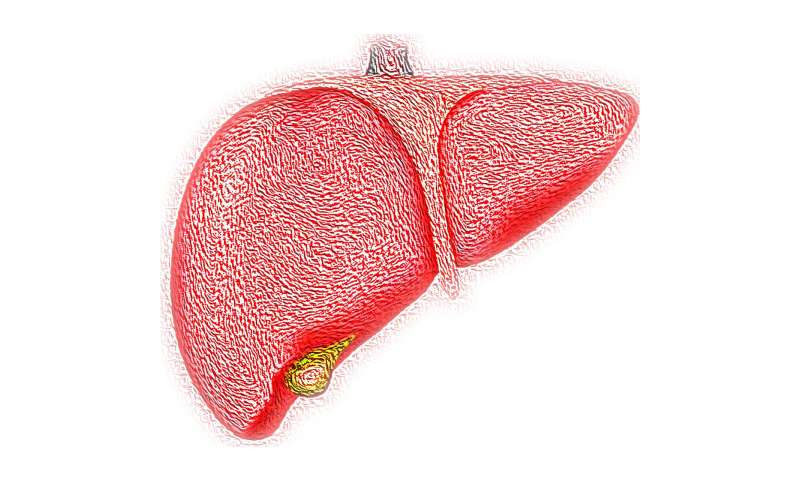
Alcohol-related liver disease is currently the most common reason for liver transplantation in the United States. In recent years, high-risk drinking of alcohol—defined as exceeding daily drinking limits (more than four or five standard drinks for women and men, respectively) at least weekly for a whole year—has increased in nearly all sociodemographic groups, especially in women.
A new analysis by researchers at Massachusetts General Hospital, Harvard Medical School and Georgia Tech indicates that cases of alcohol-related liver disease will rise dramatically in the coming years without drastic steps to reduce high-risk drinking rates.
To project the impact of alcohol-related liver disease over the next two decades, the team developed a model of drinking patterns and alcohol-related liver disease in individuals born in 1900 to 2012 in the United States, with projections up to 2040. The model relied on data from multiple sources: the National Epidemiologic Survey on Alcohol and Related Conditions, the National Institute of Alcohol Abuse and Alcoholism, the US National Death Index, the National Vital Statistics System and numerous published studies. The model was validated in that it closely reproduced the trends in deaths due to alcohol-related liver disease that were observed from 2005 to 2018.
In The Lancet Public Health analysis, future trends in alcohol-related liver disease were modelled under three potential scenarios based on the level of interventions to address high-risk drinking:
- Without any changes in trends in alcohol consumption (status quo), more than 1 million people could die from alcohol-related liver disease by 2040, of whom 35% are projected to be younger than 55 years
- Reducing high-risk drinking rates to 2001 levels could prevent 35,000 deaths during the same time period
- In contrast, decreasing the high-risk drinking rate by 3.5% per year—similar to the decrease in the rate of tobacco consumption observed after implementation of policies and social interventions in the 1960s to reduce smoking in the U.S.—could prevent 299,000 deaths compared with the status quo scenario (a 30% decrease)
The analysis also projected that in comparison with status quo, decreasing the high-risk drinking rates by 3.5% per year could prevent alcohol-related liver cancer and decompensated cirrhosis (a form of advanced liver disease) by 30% from 2019 to 2040.
“Our study underscores the need to bring alcohol-related disease to the forefront of policy discussions and identify effective policies to reduce high-risk drinking in the U.S.,” said senior author Jagpreet Chhatwal, Ph.D., a senior scientist at the MGH Institute for Technology Assessment and an assistant professor at Harvard Medical School.
Source: Read Full Article
